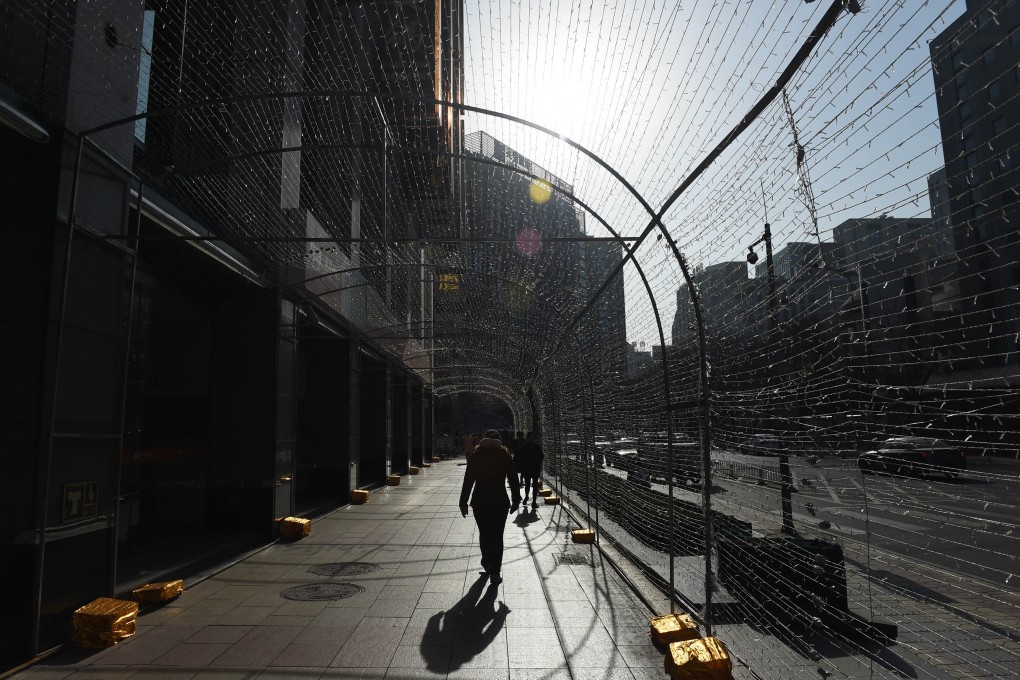Chinese economy's gear shift will enable it to go the distance
Zhang Monan says the rebalancing now in progress will, if successful, strengthen its foundations

After more than 30 years of extraordinary growth, the Chinese economy is shifting onto a more conventional development path - and a difficult rebalancing is under way, affecting nearly every aspect of the economy.
For starters, China's current-account surplus has shrunk from its 2007 peak of 10 per cent of gross domestic product to just over 2 per cent last year. In the third quarter of 2014, China's external surplus stood at US$81.5 billion and its capital and financial account deficits amounted to US$81.6 billion, reflecting a more stable balance of payments.
This shift can partly be explained by the fact that, over the past two years, developed countries have been pursuing re-industrialisation to boost their trade competitiveness. In the United States, for example, manufacturing grew at an annual rate of 4.3 per cent, on average, in 2011-2012. Indeed, America's manufacturing industry has helped to drive its macroeconomic recovery.
Meanwhile, as China's wage costs rise, its labour-intensive manufacturing industries are facing increasingly intense competition, with the likes of India, Mexico, Vietnam and some Eastern European economies acting as new, more cost-effective bases for industrial transfer from developed countries. As a result, the recovery in the advanced economies is not returning Chinese export demand to pre-crisis levels.
These trends - together with the continued appreciation of the renminbi - have contributed to the decline of Chinese goods' market share in developed countries.
Incipient trade agreements like the Trans-Pacific Partnership and the Transatlantic Trade and Investment Partnership will accelerate this process further, as they eliminate tariffs among certain countries and implement labour and environmental criteria. Add to that furtive protectionism, in the form of state assistance and government procurement, and Chinese exports are facing serious challenges.
China is also undergoing an internal rebalancing of investment and consumption. As it stands, declining growth in fixed-asset investment is placing significant downward pressure on output growth. Investment's contribution to GDP growth has also fallen.